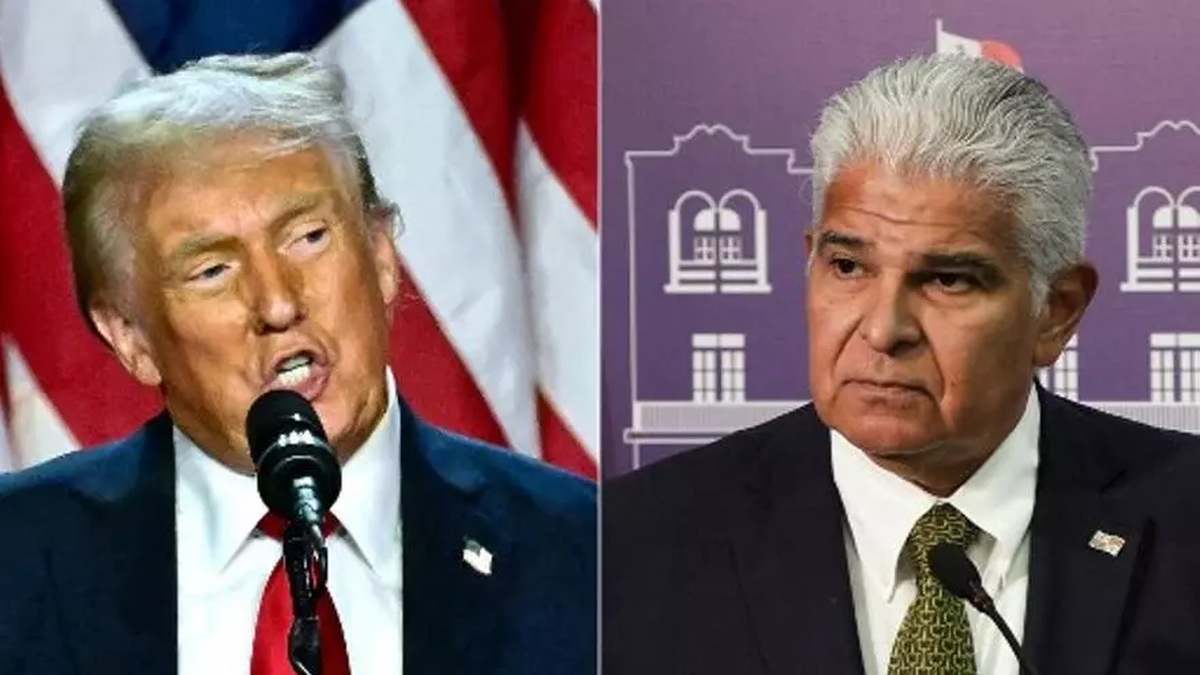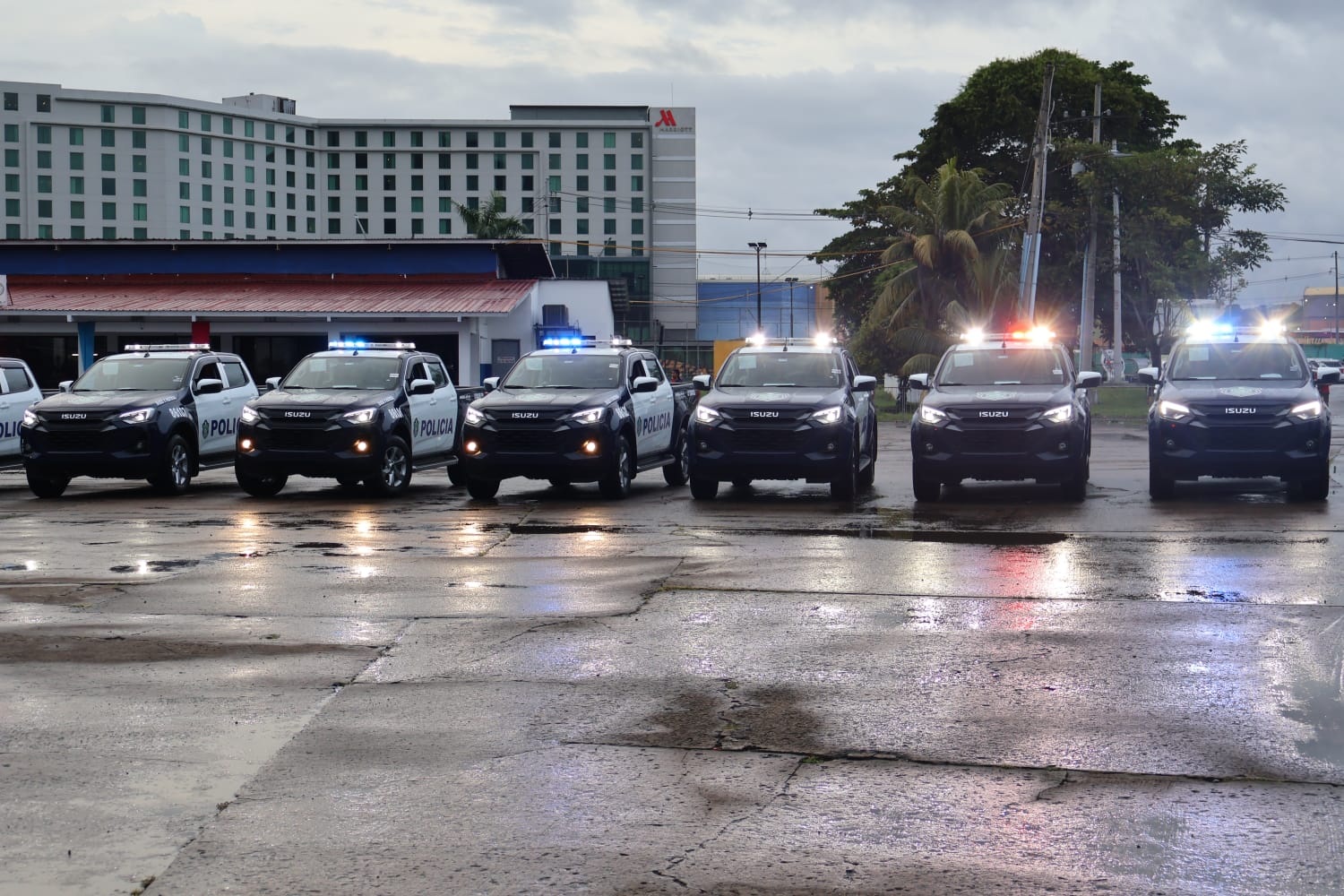The Traditional Day of the Dead Remains a More Central Cultural Event than Hallowe’en in Panama
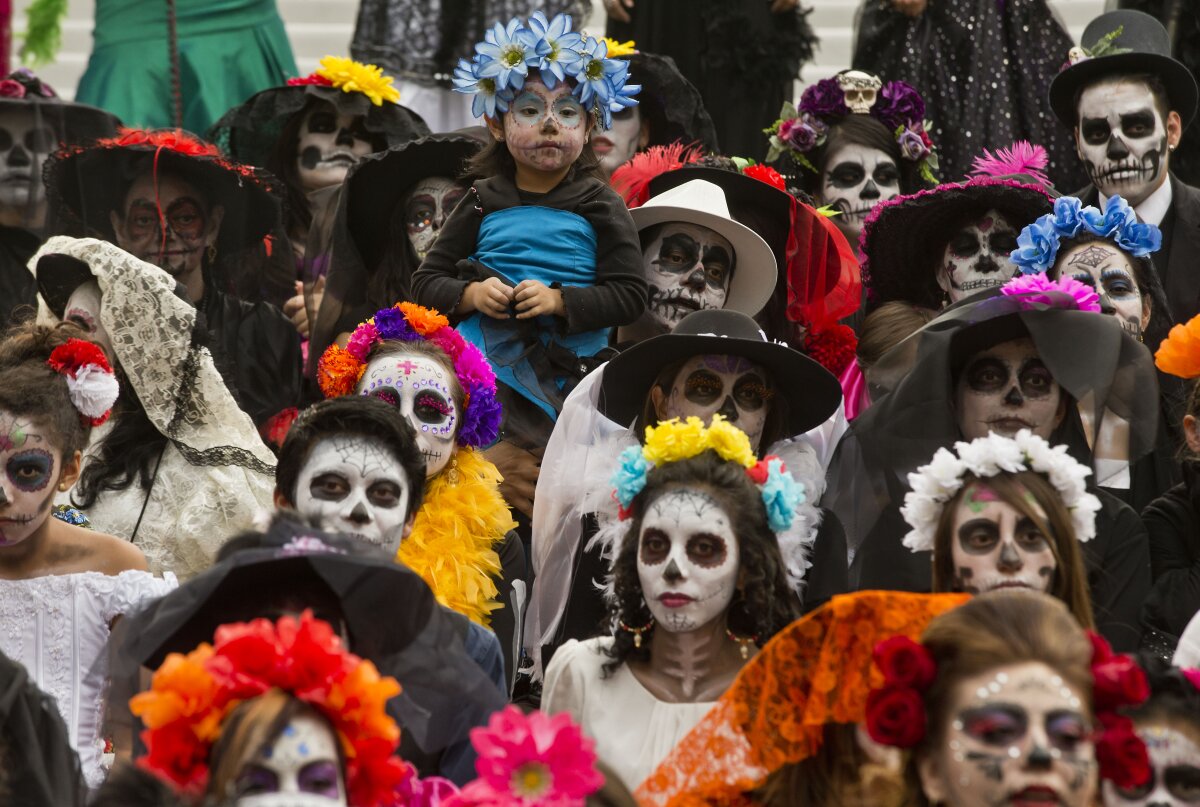
Halloween traditions in Panama are a mix of American-style spooky fun and traditional Latin American respect for the departed, primarily seen in the lead-up to and observance of Día de los Muertos (Day of the Dead) on November 2nd. While not an official holiday, the younger generation and expats celebrate with costume parties and trick-or-treating, often in commercial areas like malls.
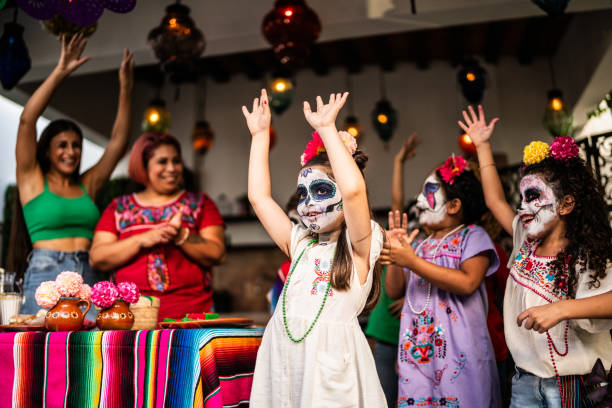
Modern Halloween Celebrations
- Costume parties: Many nightclubs and venues host themed parties with costumes and music.
- Trick-or-treating: Some organized trick-or-treating events occur, such as at shopping centers like Multiplaza Mall.
- Decorations: Some families and businesses carve pumpkins and decorate with Halloween themes.
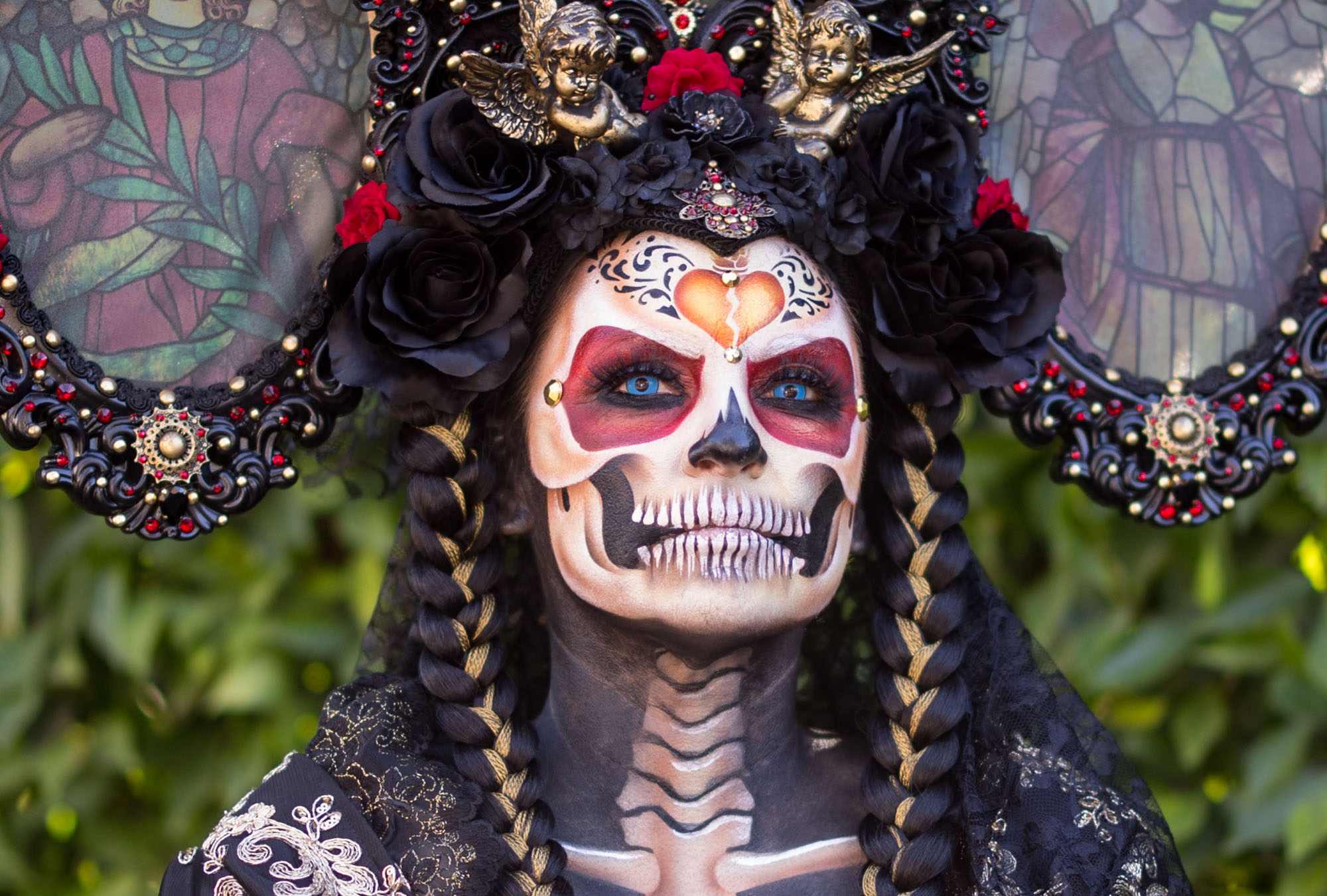
Traditional November 2nd celebrations
- Día de los Muertos: This is a more significant observance than Halloween, where families honor deceased loved ones.
- Cemetery visits: Families visit cemeteries to clean and decorate the graves of ancestors, often bringing flowers and offering prayers.
- Remembrance: The focus is on remembering and respecting family members who have passed away.
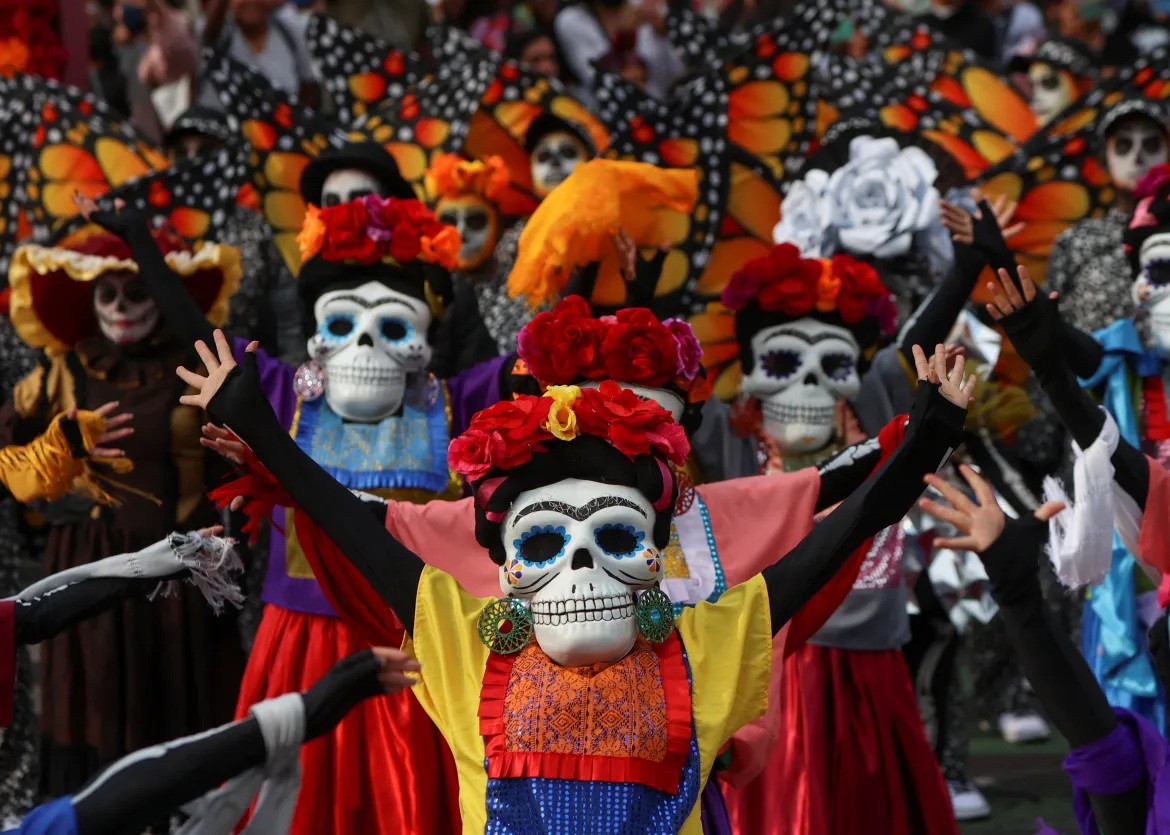
Cultural differences
- Shift in focus: The commercialized fun of Halloween on October 31st is often overshadowed by the more traditional and solemn celebrations of Día de los Muertos that begin the next day.
- Overall significance: While Halloween has grown in popularity, especially among younger people, the traditional Day of the Dead remains a more central cultural event.
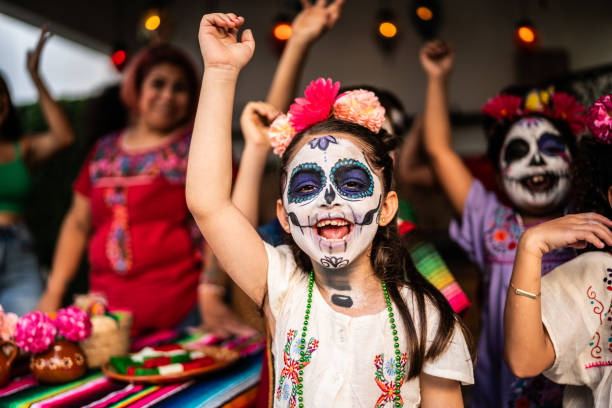
Hallowe’en is not a traditional Panamanian holiday, but its popularity is growing, especially in major cities and among younger generations, blending American customs with local culture. The main focus in Panama around this time is on the deeply significant national holidays in November and the traditional observance of Día de los Difuntos (All Souls’ Day).
Growing Hallowe’en Celebrations (October 31st)
In areas with American influence, such as parts of Panama City and gated communities, you can find:
- Costumes: Both children and adults enjoy dressing up as witches, skeletons, and other spooky characters.
- Trick-or-Treating: Kids may go door-to-door in some neighborhoods, or participate in organized, safe trick-or-treating events at shopping malls and schools.
- Parties and Events: Bars, nightclubs, and hotels often host themed Halloween parties and costume contests for adults.
- Decorations: Stores and some houses are decorated with traditional Halloween imagery like pumpkins and cobwebs. Pumpkins are often substituted with local zapallo for carving.
Traditional Observances (November 1st & 2nd)
The Halloween festivities often lead into a more culturally significant time:
- Día de los Difuntos: Celebrated on November 2nd, this day is for honoring deceased ancestors. Families gather in cemeteries to clean and decorate graves with flowers and offer prayers.
- Mes de la Patria: November is the “Month of the Nation,” a period of intense national pride featuring patriotic parades and festivals, which tends to overshadow the secular Halloween celebrations.
In essence, Hallowe’en in Panama is less of a deeply ingrained cultural tradition and more of a modern, imported festivity, coexisting with important local customs and national holidays.



